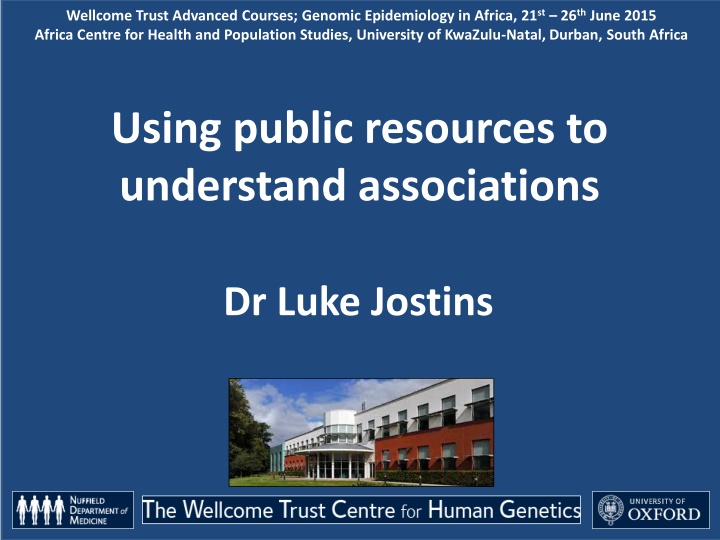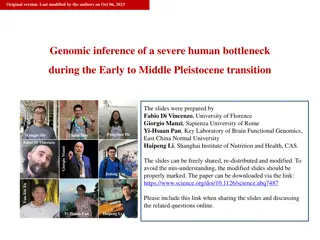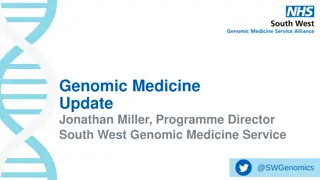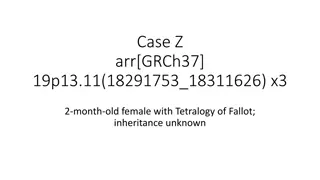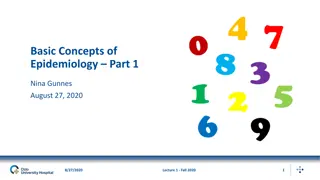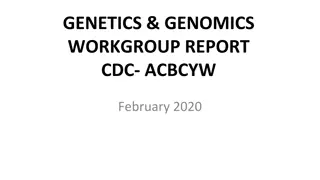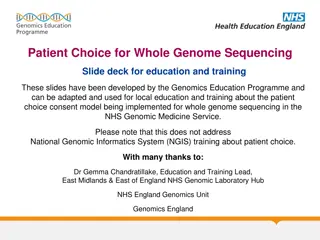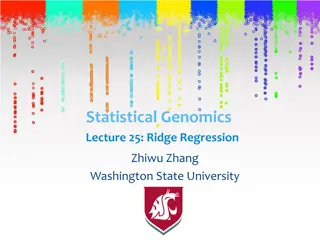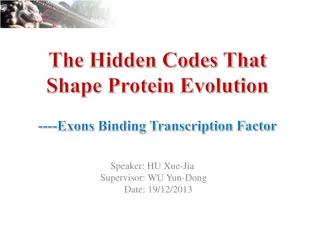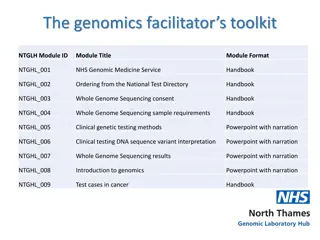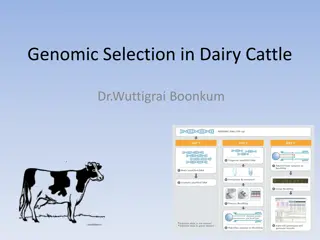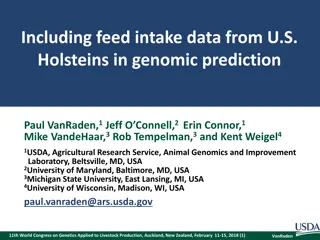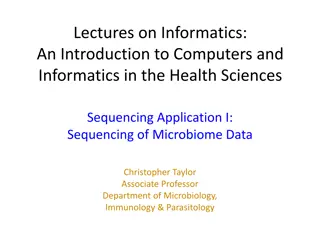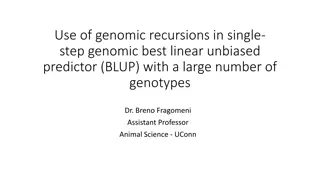Genomic Epidemiology in Africa: Utilizing Public Resources
Delve into genomic epidemiology at the Wellcome Trust Advanced Course in Africa to understand disease associations using public databases, genotype data, and genome browsers like Ensembl and UCSC.
Download Presentation

Please find below an Image/Link to download the presentation.
The content on the website is provided AS IS for your information and personal use only. It may not be sold, licensed, or shared on other websites without obtaining consent from the author.If you encounter any issues during the download, it is possible that the publisher has removed the file from their server.
You are allowed to download the files provided on this website for personal or commercial use, subject to the condition that they are used lawfully. All files are the property of their respective owners.
The content on the website is provided AS IS for your information and personal use only. It may not be sold, licensed, or shared on other websites without obtaining consent from the author.
E N D
Presentation Transcript
Wellcome Trust Advanced Courses; Genomic Epidemiology in Africa, 21st 26th June 2015 Africa Centre for Health and Population Studies, University of KwaZulu-Natal, Durban, South Africa Using public resources to understand associations Dr Luke Jostins
Introductions Bioinformatics Epidemiology Genetics Basic principles of measuring disease in populations Basic genotype data summaries and analyses Public databases and resources for genetics population genetics Principal components analyses GWAS QC GWAS association analyses whole genome sequencing and fine-mapping GWAS results and interpretation meta-analysis and power of genetic studies
2003: The HGP publishes the sequence of a reference human genome
You can download the human genome sequence from here: http://www.ncbi.nlm.nih.gov/projects/genome/assembly/grc/human/ It looks like this: The sequence alone is not that useful!
Other projects generated resources to shed more light on genomes. Genome variation How does the genome sequence vary from person to person? Genotype (HapMap) or sequence (1000 Genomes) many more individuals Genome function How does the DNA sequence make and regulate RNA and proteins? Gene prediction models (GenCode, RefSeq), assays of non-coding function (ENCODE) All these resources can be access free on the internet
Genome browsers Most of the data that we will discuss is available from genome browsers These are websites that put together public data in one place, and make it searchable and browsable The main two genome browsers are Ensembl and the University of California Santa Cruz (UCSC) genome browser
Ensembl http://www.ensembl.org Much of the data UCSC genome browser http://genome.ucsc.edu/cgi-bin/hgGateway
2005-2010: HapMap documents common variation within and across human populations - ~2M single nucleotide polymorphisms (SNPs) genotyped in ~1000 individuals from 11 populations - Used genotyping microarrays.
You can download the HapMap data from here: http://hapmap.ncbi.nlm.nih.gov/ It looks like this:
2010-2013: 1000 Genomes Project sequences thousands more human genomes - 2500 samples from 25 populations, documenting over 40M SNPs, insertions, deletions and inversions - Used high-throughput sequencing
You can download the 1000 Genomes data from here: http://www.1000genomes.org/ It looks like this:
Ensembl can give us HapMap and 1000 Genomes information on particular SNPs:
Annotating function onto sequence ACTCATGCATCGATGCGATG
Annotating function onto sequence Transcription start site
Annotating function onto sequence Transcription start site Transcript end
Annotating function onto sequence Transcription start site Transcript end End codon Start codon
Annotating function onto sequence Transcription start site Transcript end End codon Start codon Splice sites
Annotating function onto sequence Introns 5 UTR Exons 3 UTR
Annotating function onto sequence Introns 5 UTR Exons 3 UTR mRNA: Coding sequence
Annotating function onto sequence Introns enhancer promoter Transcription factor binding 5 UTR Exons 3 UTR mRNA: Coding sequence
Functional annotation projects Gene model builders (e.g. RefSeq, GENCODE) Use computational models to predict where transcription starts and stops, and where splicing occurs to make predicted transcripts. Use both sequence data and experimental data. Discovery of non-coding regulatory elements (e.g. ENCODE) Use experimental data (RNA-Seq, ChIP-Seq, histone modifications) to discover functional regulatory elements outside of genes.
You can download GENCODE data from here: http://www.gencodegenes.org/ And ENCODE data from here: http://genome.ucsc.edu/ENCODE/ They look like this:
UCSC can show us functional information on a gene Transcripts Promoter activity Transcription factor binding
Ensembl tells us what impact a variant has on nearby genes This variant causes a frameshift in the gene NOD2
Putting it all together We discover a protective effect of the A allele of SNP rs334 on severe malaria How common is this variant? Search for rs334 in Ensembl, click Variation , then Human , then rs334 , then Population Genetics .
According to 1000 Genomes, Europeans and Asians do not carry the A variant, but 9% of Africans do.
Putting it all together Does this variant lie within a predicted gene? Search for rs334 in the UCSC genome browser and click rs334
According to RefSeq and GENCODE, this variant lies within a transcript for the gene HBB
Putting it all together Does this variant alter the HBB gene? Search for rs334 in Ensembl, click Variation , then Human , then rs334 , then Genes and Regulation .
The A allele changes the 7th amino acid in the HBB protein from Glutamic acid (E) to Valine (V)
Practical task For each of the following variants please find: The allele frequencies in different populations The gene it is in (if any) The consequence it has on the gene (if any). This could be an amino acid change, or presence in a regulatory region. Any other interesting information you can find on those pages. You can even search Google for these SNPs to see if you can learn anything else! The variants are: rs11209026 rs17293632 rs6983267 rs8176719
